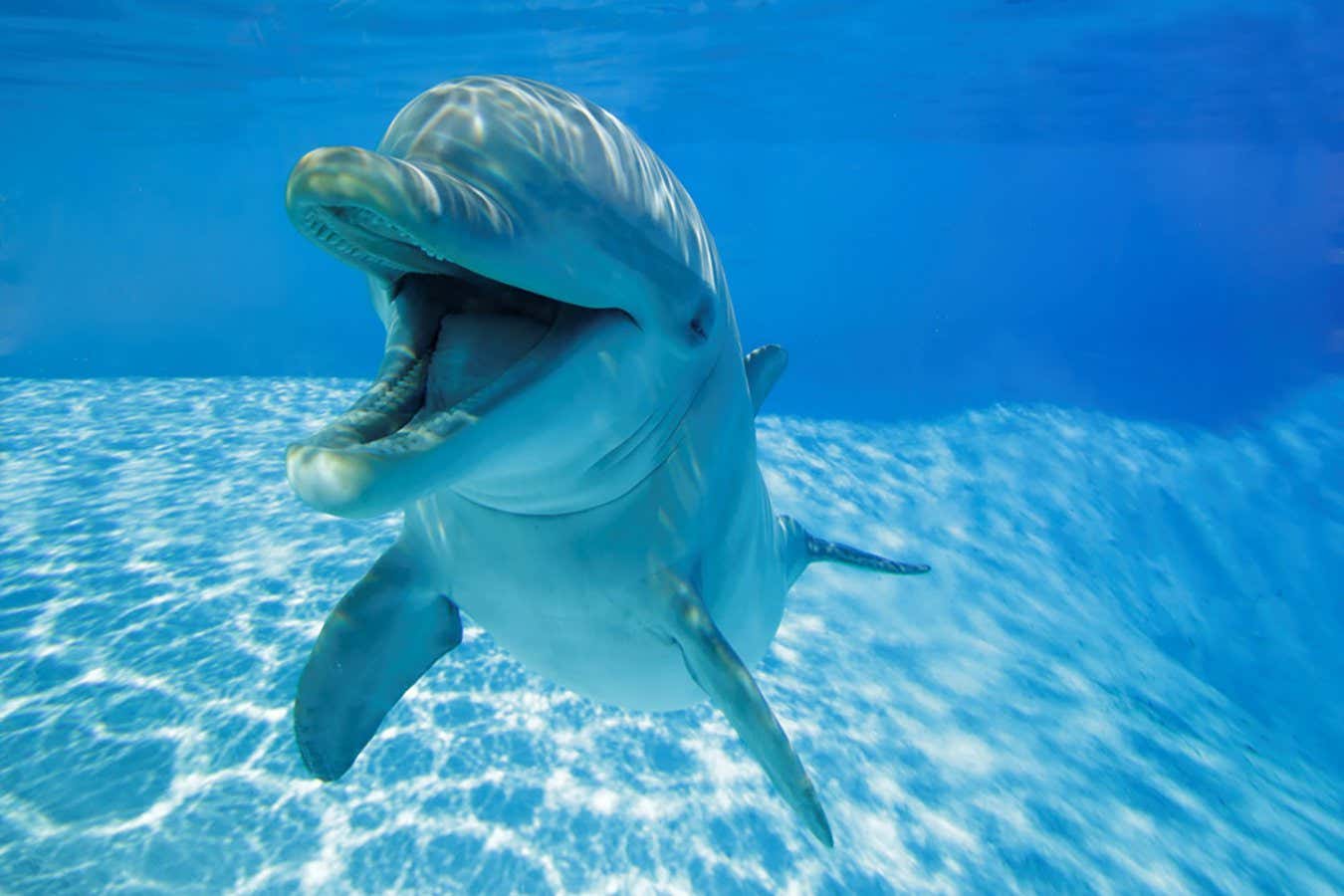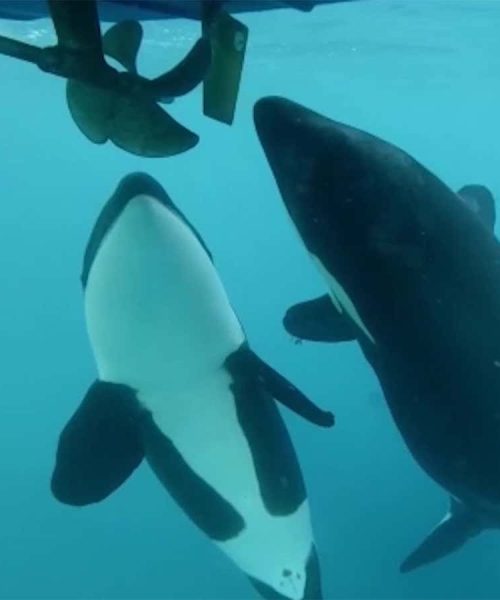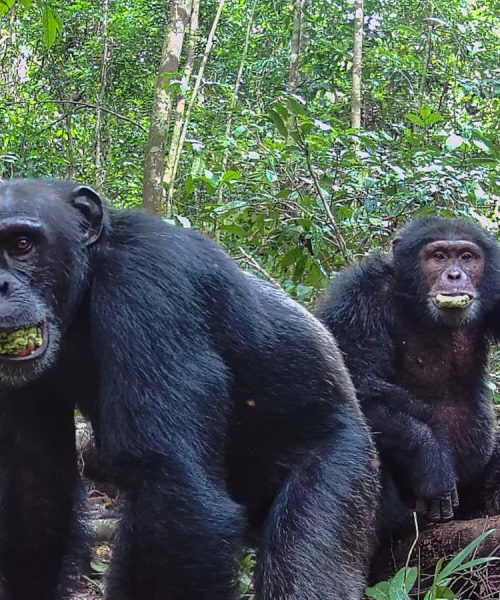
Bottlenose dolphins make an open-mouthed expression that resembles a smile
ZOOMARINE, ITALY
Dolphins seem to make open-mouthed facial expressions most often while they are visible to a playmate, suggesting such displays may be similar to human smiles.
While we often perceive these as a smile, there has been little research on facial communication in dolphins.
Advertisement
To find out more, Elisabetta Palagi at the University of Pisa, Italy, and her colleagues analysed the behaviour of 22 captive bottlenose dolphins (Tursiops truncatus) at two wildlife parks: Zoomarine Rome in Italy and Planète Sauvage in Port-Saint-Père, France.
In 80 hours of footage, the team observed a total of 1288 open-mouth expressions during social play sessions. More than 90 per cent of these events occurred during play between dolphins, with the rest happening during interactions between the dolphins and people.
The animals were more likely to assume the open-mouth expression when their face was within the playmate’s field of view — 89 per cent were displayed in this context. When the playmate saw the “smile”, they appeared to smile back 33 per cent of the time.
“Some might argue that dolphins mimic others’ open-mouth expressions by pure chance, given that they are often engaged in the same activity or context,” says Palagi. “But this doesn’t explain why the probability of imitating another dolphin’s open-mouth expression within 1 second is 13 times higher when the receiver actually sees the original expression.”
Some other animals, including monkeys, wolves and meerkats, make a “play face” with a relaxed open mouth, but there is debate about whether this is driven by emotions or a way to communicate intention.
“It is not easy to say if an open-mouth expression in dolphins conveys an emotional mood or is used to simply communicate to others, ‘Hey, don’t be scared, I am just playing!’, or both,” says Palagi.
She says the study can’t say conclusively whether it is comparable with smiling in humans. “We do not claim to clarify dolphin communication strategies during play with a single piece of research. However, we hope to open a new line of research in which the visual component is also taken into consideration.”
Luciana Moller at Flinders University in Adelaide, Australia, says open-mouthed behaviour in dolphins occurs in a range of contexts, including aggressive, sexual and social interactions. This means it is a very versatile signal, so can’t necessarily be interpreted as a smile.
She points out that making sounds might have been a factor in the dolphins opening their mouths, but the study didn’t look at any acoustic recordings.
Another drawback is that it looked at a small number of dolphin groups in captive settings, so their behaviour may not reflect that in the wild.
“Free-living dolphins have much larger spaces to interact and chase one another while playing, and many times are found in waters with reduced visibility,” says Moller. “In these circumstances, visual signals may not be as effective as acoustic signals.”





